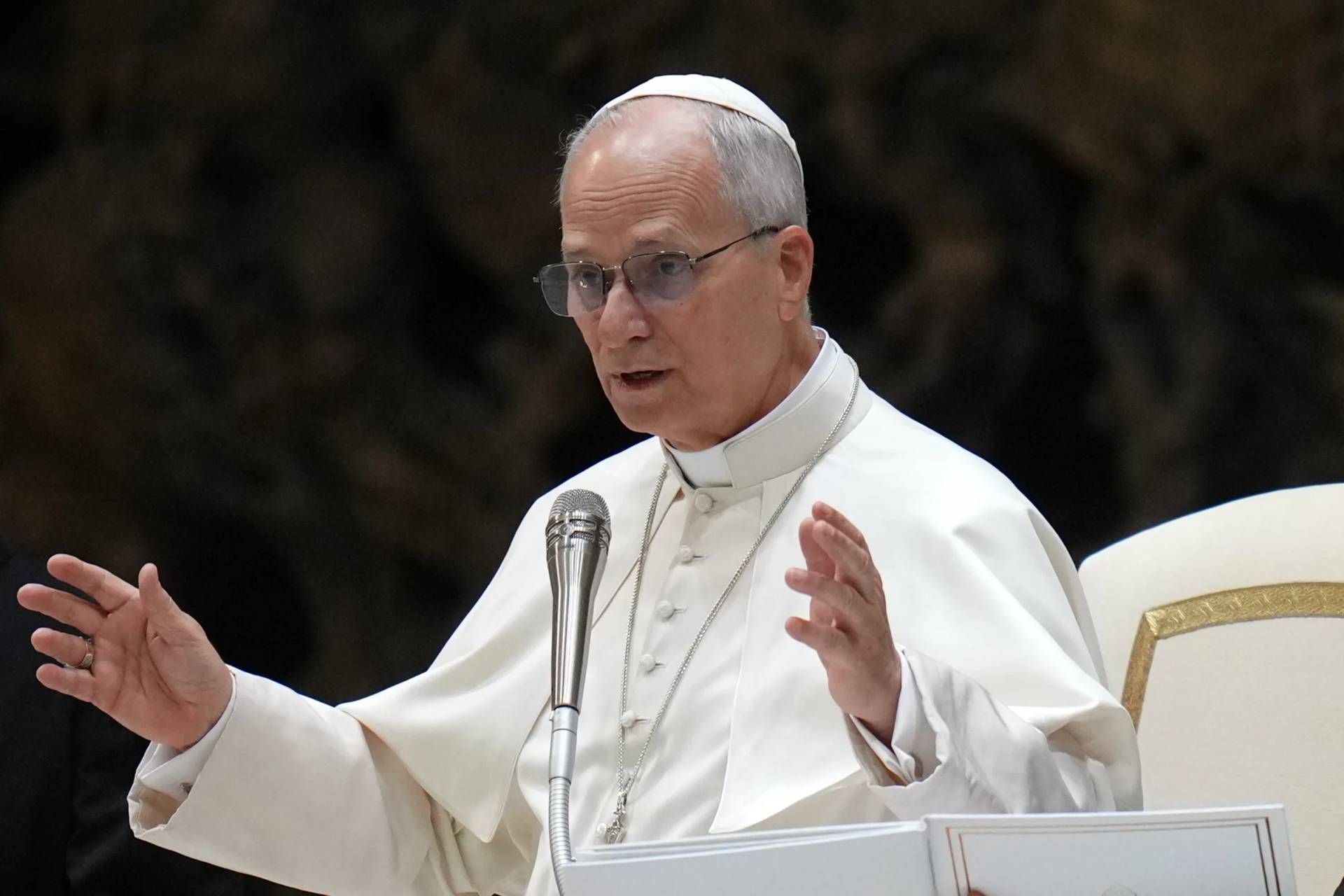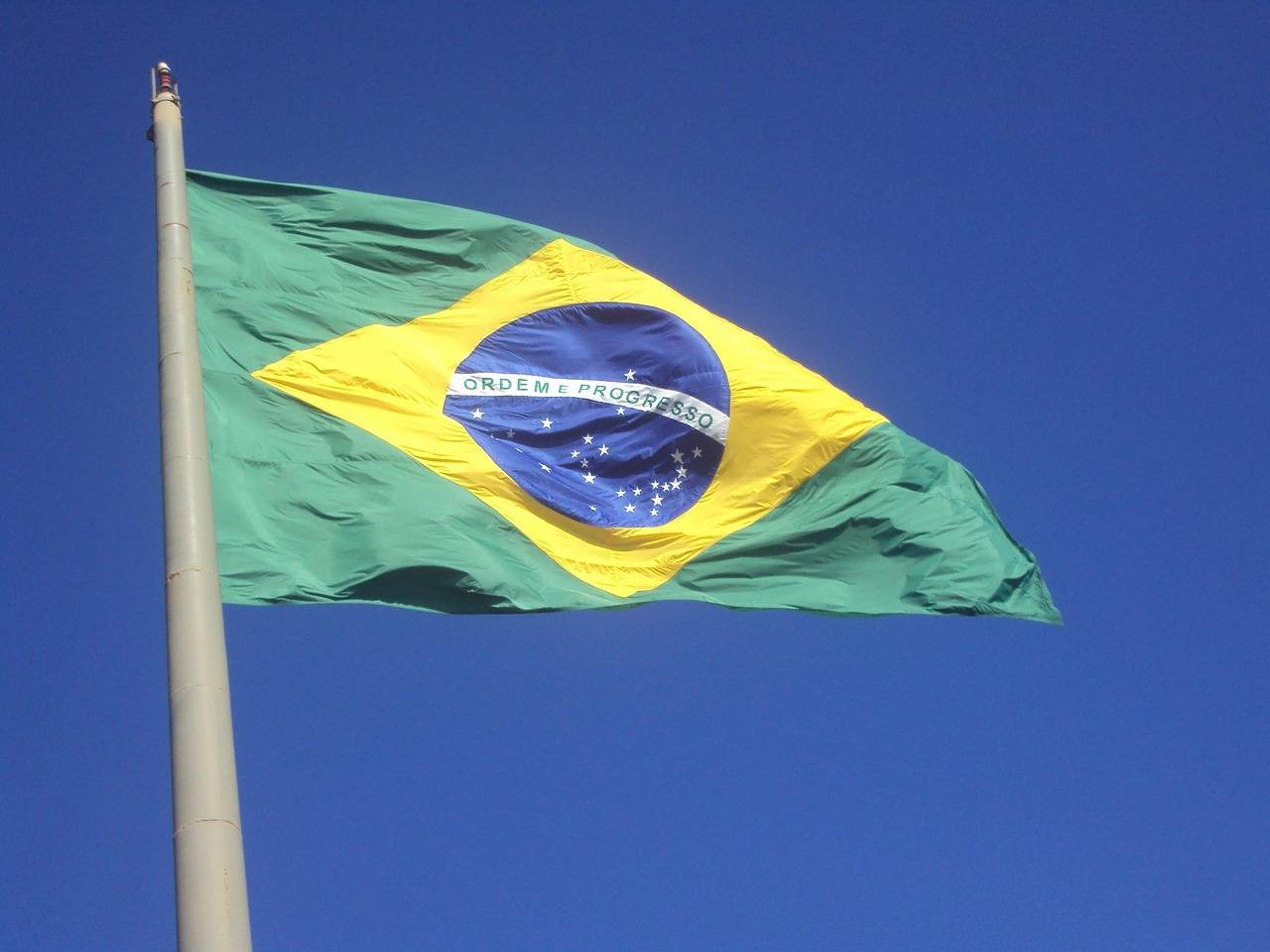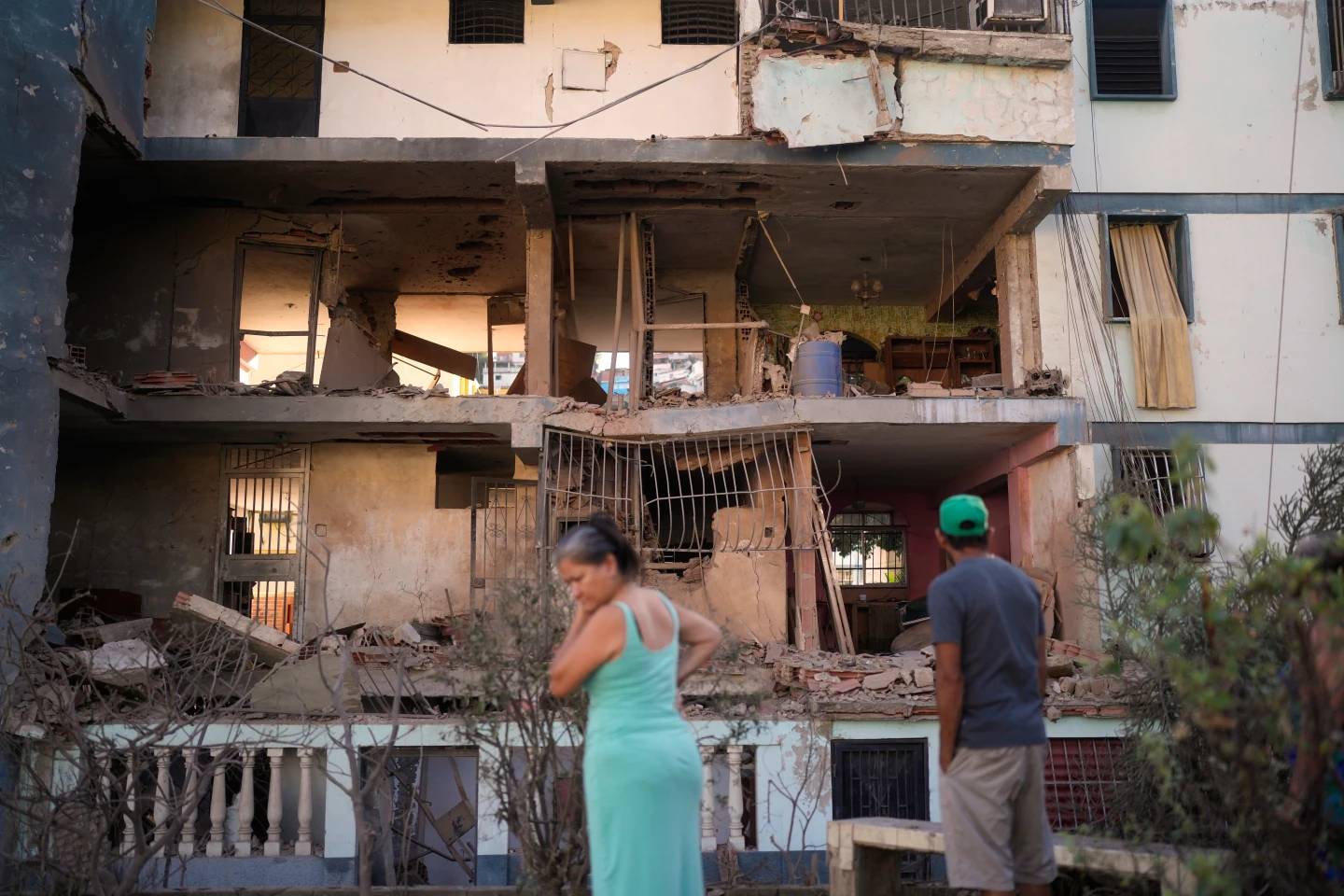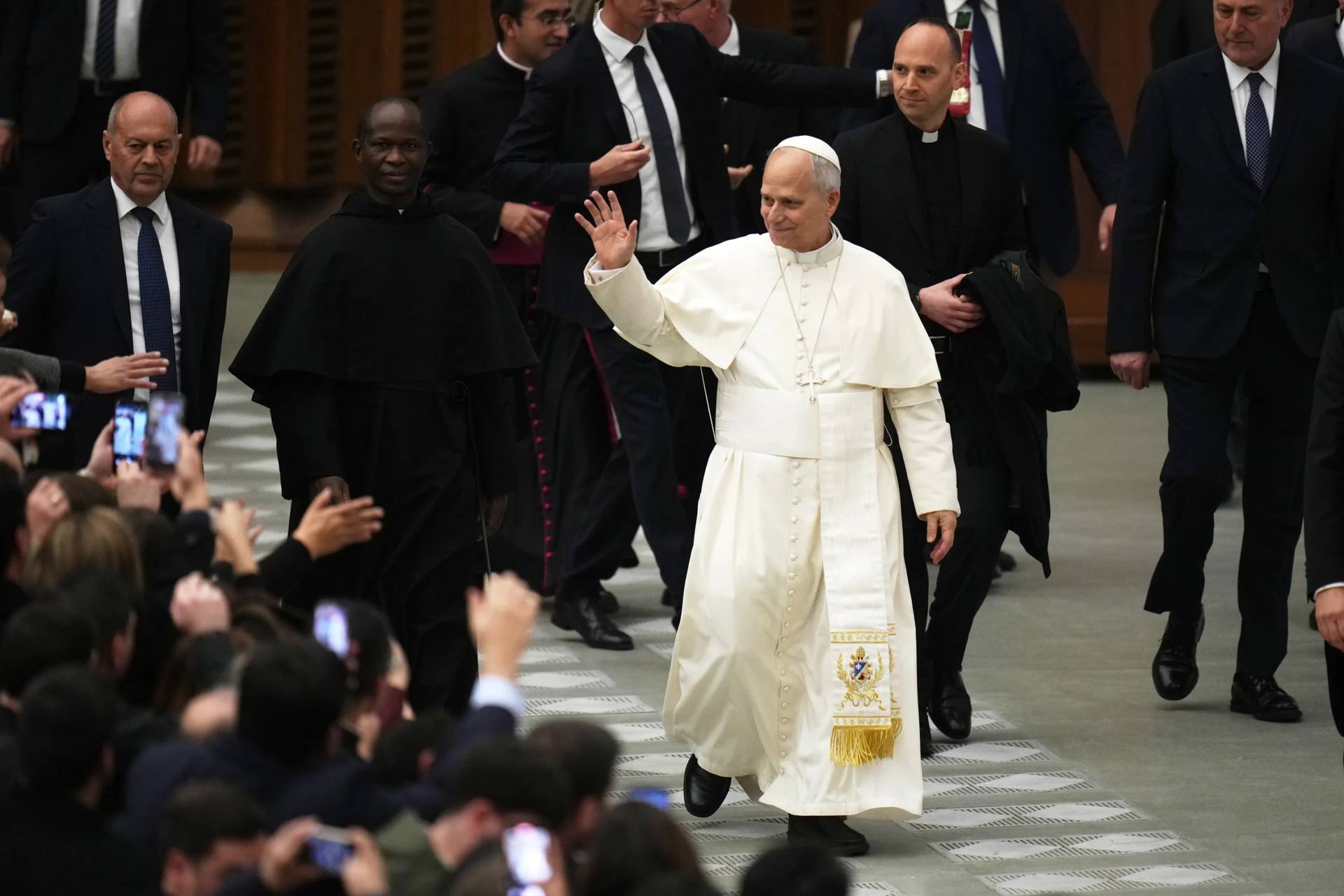SÃO PAULO – Church organizations in the Brazilian Amazon, which have struggled to meet the needs of thousands of people during the worst phase of the COVID-19 pandemic, have been pointing out that the situation for the poorest has not changed, despite the normalization of social life during the past year.
One of the consequences of the continuous economic crisis in the region is widespread famine. According to information released by the Brazilian Research Network on Food Sovereignty and Security (Rede Penssan), 54 percent of the small growers in the Northern part of Brazil – which constitutes most of the rainforest – face serious or moderate food insecurity.
In large Amazonian cities like Manaus and Belém, church groups have noticed increasing numbers of homeless people on the streets and higher demands for donations.
Among several Indigenous groups, hunger has been steadily growing over the past few years, leading to humanitarian catastrophes like the one the Yanomami people is currently facing – which caused hundreds of deaths from starvation and malaria.
Earlier this month, the Pan-Amazon Ecclesial Network (REPAM) in Brazil launched a campaign against hunger in the region. The idea is to go beyond the simple distribution of food kits and highlight the roots of the problem.
“Hunger is a problem that has different dimensions in the Amazon. It impacts riverside communities, traditional peoples, and the urban poor. The Church needs to look at it with attention and develop a continuous effort to fight it,” Bishop Evaristo Spengler of Boa Vista, who heads REPAM Brazil, told Crux.
This year, the theme of the Bishops’ Conference’s Fraternity Campaign – a Lenten drive to collect funds for Catholic social works and raise awareness on social issues – was hunger, so all dioceses, parishes, and ecclesial organizations had a chance to reflect on the problem during Lent.
“Our idea is to keep campaigning in the Amazon till the end of 2023, considering the seriousness of hunger in the region,” Spengler added.
The causes of food insecurity in one of the most diverse biomes in the world are complex, explained Bishop Pedro Brito of Palmas, Tocantins state.
“In Tocantins, there are 9 million head of cattle and a population of 1.5 million residents. But all that beef does not reach the poor. Agribusiness is powerful, but does not benefit the people,” Brito said.
He said that many small growers feel the effects of the pollution caused by pesticides used in monocultures and end up selling their lands to big landowners. In the cities, they cannot find a job.
“The food prices are high, so no one is able to buy the necessary items. That is why hunger is growing,” he added.
In the city of Manaus, the largest in the Amazon with a population of 2.2 million, the local Caritas keeps distributing 3,000 food kits every week in different districts.
“The pandemic is over, but the unemployment rate is high. Poverty is increasing, especially on the outskirts of the city,” Deacon Afonso Brito, executive secretary of Caritas Manaus, told Crux.
The crisis was made worse by heavy rains that hit the region over the past few weeks, causing floods and destroying dozens of houses.
“We also realized that the number of Venezuelan immigrants arriving in the city has been growing. They ask for food and help to move to other regions,” Brito said.
After a huge influx of Venezuelans between 2018 and 2019, the number of people crossing the border with Roraima had ups and downs. Lately, at least 600 Venezuelan immigrants have been entering Brazil every day.
The urbanization process is rapidly transforming the Amazon, argued Spengler – and that has been causing food insecurity as well.
“Housing is expensive. People lack the money to buy food. At the same time, they lose the eating habits they used to have in the countryside and buy ultra processed food in the city,” he said.
For traditional populations as Indigenous groups, quilombola communities – formed by the descendants of African slaves who fled captivity when slavery was legal in Brazil (1500-1889) – and small growers, land disputes have been a major cause of hunger.
“In the Yanomami territory, there were more than 20,000 illegal miners. They polluted the water and the soil, so now the people cannot plant, fish, and hunt as they used to do,” Spengler said.
In the state of Rondônia, quilombola groups have been feeling the impact of the contamination of rivers by great farms that use pesticides. The stocks of fish that they used to capture are now low, explained Roberto Ossak, the local coordinator of the Land Pastoral Commission (known as CPT).
“Many communities have been impoverished over the past few years after their lands were opened for lumber exploitation. That impacted their capacity to produce food,” he told Crux.
But the region’s fertile soil has been assuring that most quilombolas have access to food, he said.
“What we are now trying to do is to improve the quality of the food they eat,” Ossak said.
The CPT has been encouraging quilombolas to produce vegetable varieties that they had traditionally grown – and to exchange those seeds with their neighbors.
“We have promoted the exchange of traditional seeds of maize, beans, yucca, and rice, which will result in healthy food, grown without pesticides,” he said.
The CPT also supports the local production of other items, like yucca flour – something that helps the communities to generate income.
REPAM supports Ossak’s work, providing fuel to the boat that he uses to visit distant communities.
“We are now helping the quilombolas to create civic associations, so they can receive governmental funds for their projects,” he said.
















